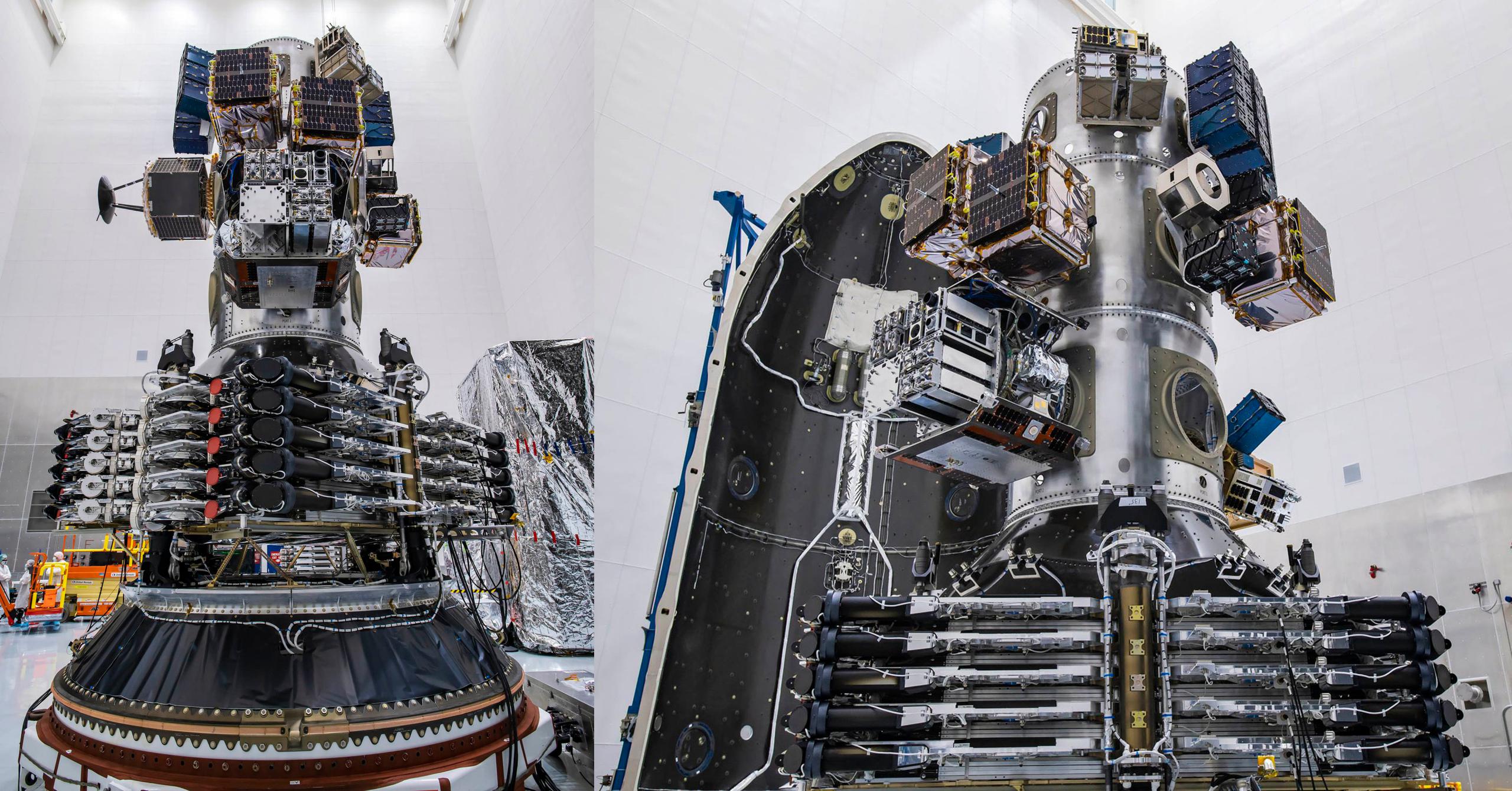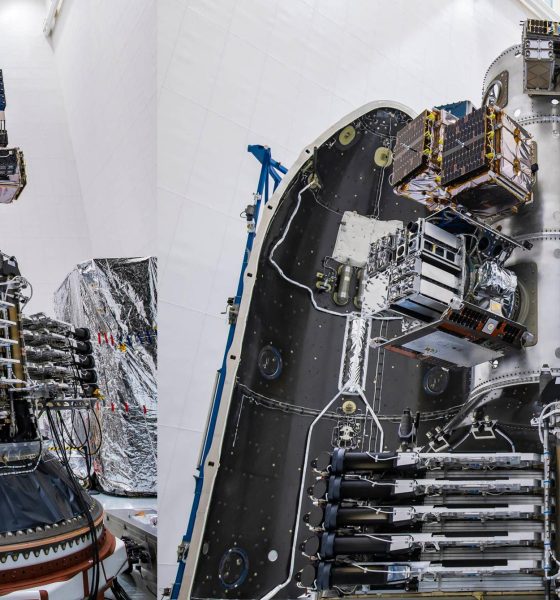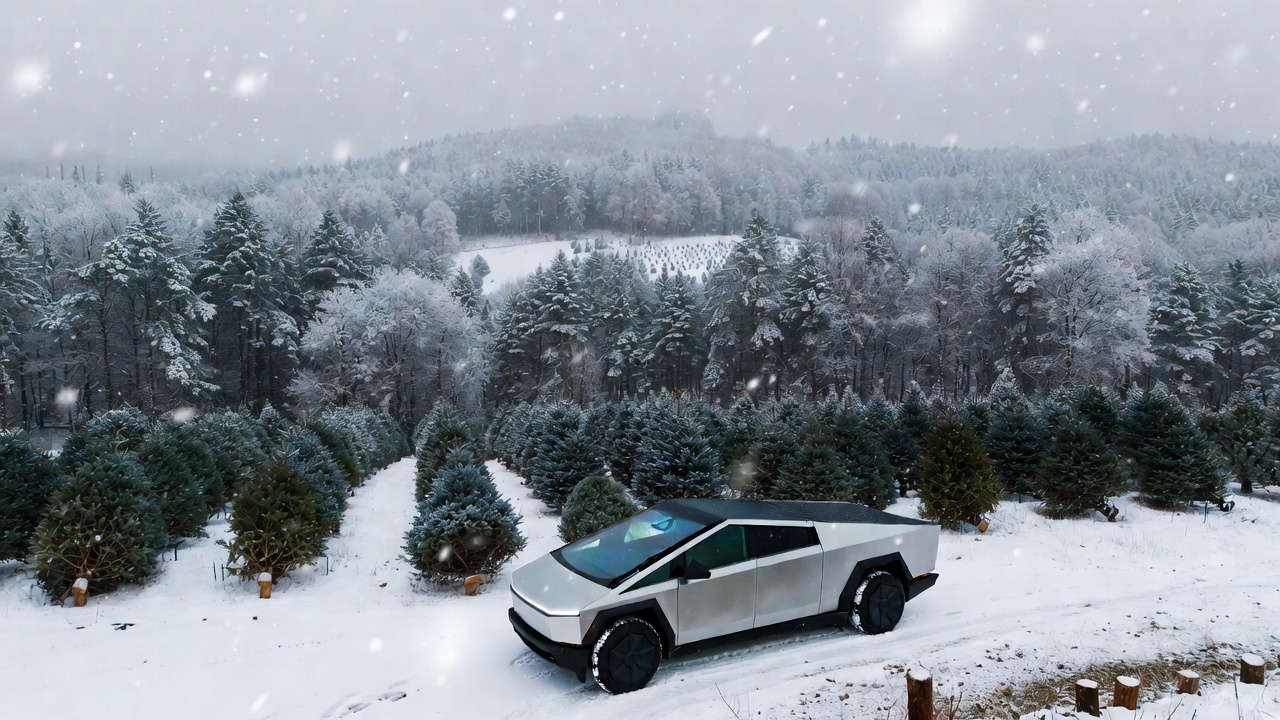

News
SpaceX preparing for third rideshare launch with dozens of small satellites
One week after SpaceX and the world’s first orbital launch of 2022, the company is a few days out from its second launch of the year – this time carrying dozens of small satellites for a variety of rideshare customers.
Aside from potentially being the world’s second orbital launch of the year, the mission – known as Transporter-3 – will be the third Falcon 9 launch dedicated to SpaceX’s Smallsat Rideshare Program, which offers what is likely the world’s most affordable ticket to orbit.
Prospective customers buying directly through SpaceX can currently pay just $1 million to launch up to 200 kg (440 lb) to sun-synchronous low Earth orbit (LEO). While rideshare payloads lose out on the benefits of hands-on, white-glove customer service and a more direct, tailored orbit insertion offered by a dedicated launch, the small rockets that offer direct launch services for small satellites are extremely expensive. There are only two relatively affordable small rockets that are active today and have successfully launched at least a few times.
Rocket Lab’s Electron is the most available of the three and is capable of launching 200 kilograms to a 500 kilometer (310 mi) sun-synchronous orbit (SSO) for about $7.5 million – $37,500/kg if fully exploited. While it’s only completed two successful launches, Virgin Orbit’s air-launched LauncherOne rocket is capable of delivering 300 kg (~660 lb) to the same orbit for $12 million ($40,000/kg). Once operational, Astra’s Rocket 3.0 vehicle will cost at least $2.5 million to launch 150 kg (330 lb) to SSO – about as good as dedicated small launch affordability is ever going to get. Other rockets like Japan’s Epsilon and Arianespace’s Vega often offer rideshare services but both cost just under $40 million apiece and can only deliver 1-2 tons to orbit with the same downsides as a Falcon rideshare.
Put simply, there’s a reason that SpaceX’s Smallsat Rideshare Program has been so successful. In just two Transporter launches, the company has delivered almost 220 small satellites to orbit for dozens of different customers – including startups, universities, space agencies, student groups, science teams, and more. Transporter-3 will be no different and could carry 80-90+ small satellites to orbit, including 44 SuperDove Earth observation spacecraft for Planet. That doesn’t include the possibility that SpaceX – as it has done on both prior Transporter missions – will include several Starlink satellites to take full advantage of Falcon 9’s performance.
Transporter-3 will mark SpaceX’s first ‘land landing’ of a Falcon booster in more than six months and its first truly polar launch of 2022. Falcon 9 is scheduled to lift off no earlier than (NET) 10:25 am EST (15:25 UTC) on Thursday, January 13th. Three more Falcon 9s – including one NET January 24th – are scheduled to launch before the end of the month. Barring schedule delays, Transporter-3 could also be the first of up to four dedicated SpaceX rideshare launches this year.

Elon Musk
Starlink passes 9 million active customers just weeks after hitting 8 million
The milestone highlights the accelerating growth of Starlink, which has now been adding over 20,000 new users per day.

SpaceX’s Starlink satellite internet service has continued its rapid global expansion, surpassing 9 million active customers just weeks after crossing the 8 million mark.
The milestone highlights the accelerating growth of Starlink, which has now been adding over 20,000 new users per day.
9 million customers
In a post on X, SpaceX stated that Starlink now serves over 9 million active users across 155 countries, territories, and markets. The company reached 8 million customers in early November, meaning it added roughly 1 million subscribers in under seven weeks, or about 21,275 new users on average per day.
“Starlink is connecting more than 9M active customers with high-speed internet across 155 countries, territories, and many other markets,” Starlink wrote in a post on its official X account. SpaceX President Gwynne Shotwell also celebrated the milestone on X. “A huge thank you to all of our customers and congrats to the Starlink team for such an incredible product,” she wrote.
That growth rate reflects both rising demand for broadband in underserved regions and Starlink’s expanding satellite constellation, which now includes more than 9,000 low-Earth-orbit satellites designed to deliver high-speed, low-latency internet worldwide.
Starlink’s momentum
Starlink’s momentum has been building up. SpaceX reported 4.6 million Starlink customers in December 2024, followed by 7 million by August 2025, and 8 million customers in November. Independent data also suggests Starlink usage is rising sharply, with Cloudflare reporting that global web traffic from Starlink users more than doubled in 2025, as noted in an Insider report.
Starlink’s momentum is increasingly tied to SpaceX’s broader financial outlook. Elon Musk has said the satellite network is “by far” the company’s largest revenue driver, and reports suggest SpaceX may be positioning itself for an initial public offering as soon as next year, with valuations estimated as high as $1.5 trillion. Musk has also suggested in the past that Starlink could have its own IPO in the future.
News
NVIDIA Director of Robotics: Tesla FSD v14 is the first AI to pass the “Physical Turing Test”
After testing FSD v14, Fan stated that his experience with FSD felt magical at first, but it soon started to feel like a routine.

NVIDIA Director of Robotics Jim Fan has praised Tesla’s Full Self-Driving (Supervised) v14 as the first AI to pass what he described as a “Physical Turing Test.”
After testing FSD v14, Fan stated that his experience with FSD felt magical at first, but it soon started to feel like a routine. And just like smartphones today, removing it now would “actively hurt.”
Jim Fan’s hands-on FSD v14 impressions
Fan, a leading researcher in embodied AI who is currently solving Physical AI at NVIDIA and spearheading the company’s Project GR00T initiative, noted that he actually was late to the Tesla game. He was, however, one of the first to try out FSD v14.
“I was very late to own a Tesla but among the earliest to try out FSD v14. It’s perhaps the first time I experience an AI that passes the Physical Turing Test: after a long day at work, you press a button, lay back, and couldn’t tell if a neural net or a human drove you home,” Fan wrote in a post on X.
Fan added: “Despite knowing exactly how robot learning works, I still find it magical watching the steering wheel turn by itself. First it feels surreal, next it becomes routine. Then, like the smartphone, taking it away actively hurts. This is how humanity gets rewired and glued to god-like technologies.”
The Physical Turing Test
The original Turing Test was conceived by Alan Turing in 1950, and it was aimed at determining if a machine could exhibit behavior that is equivalent to or indistinguishable from a human. By focusing on text-based conversations, the original Turing Test set a high bar for natural language processing and machine learning.
This test has been passed by today’s large language models. However, the capability to converse in a humanlike manner is a completely different challenge from performing real-world problem-solving or physical interactions. Thus, Fan introduced the Physical Turing Test, which challenges AI systems to demonstrate intelligence through physical actions.
Based on Fan’s comments, Tesla has demonstrated these intelligent physical actions with FSD v14. Elon Musk agreed with the NVIDIA executive, stating in a post on X that with FSD v14, “you can sense the sentience maturing.” Musk also praised Tesla AI, calling it the best “real-world AI” today.
News
Tesla AI team burns the Christmas midnight oil by releasing FSD v14.2.2.1
The update was released just a day after FSD v14.2.2 started rolling out to customers.

Tesla is burning the midnight oil this Christmas, with the Tesla AI team quietly rolling out Full Self-Driving (Supervised) v14.2.2.1 just a day after FSD v14.2.2 started rolling out to customers.
Tesla owner shares insights on FSD v14.2.2.1
Longtime Tesla owner and FSD tester @BLKMDL3 shared some insights following several drives with FSD v14.2.2.1 in rainy Los Angeles conditions with standing water and faded lane lines. He reported zero steering hesitation or stutter, confident lane changes, and maneuvers executed with precision that evoked the performance of Tesla’s driverless Robotaxis in Austin.
Parking performance impressed, with most spots nailed perfectly, including tight, sharp turns, in single attempts without shaky steering. One minor offset happened only due to another vehicle that was parked over the line, which FSD accommodated by a few extra inches. In rain that typically erases road markings, FSD visualized lanes and turn lines better than humans, positioning itself flawlessly when entering new streets as well.
“Took it up a dark, wet, and twisty canyon road up and down the hill tonight and it went very well as to be expected. Stayed centered in the lane, kept speed well and gives a confidence inspiring steering feel where it handles these curvy roads better than the majority of human drivers,” the Tesla owner wrote in a post on X.
Tesla’s FSD v14.2.2 update
Just a day before FSD v14.2.2.1’s release, Tesla rolled out FSD v14.2.2, which was focused on smoother real-world performance, better obstacle awareness, and precise end-of-trip routing. According to the update’s release notes, FSD v14.2.2 upgrades the vision encoder neural network with higher resolution features, enhancing detection of emergency vehicles, road obstacles, and human gestures.
New Arrival Options also allowed users to select preferred drop-off styles, such as Parking Lot, Street, Driveway, Parking Garage, or Curbside, with the navigation pin automatically adjusting to the ideal spot. Other refinements include pulling over for emergency vehicles, real-time vision-based detours for blocked roads, improved gate and debris handling, and Speed Profiles for customized driving styles.








